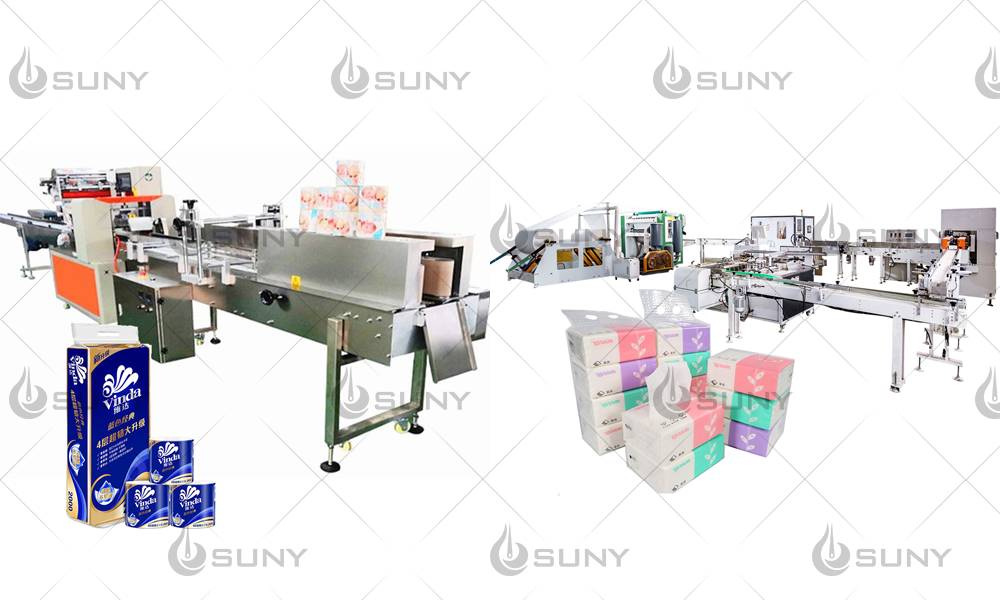As the demand for hygiene products grows, choosing the right tissue production equipment is not only about capacity and speed, but also about efficiency and sustainability. With energy costs soaring and environmental regulations becoming increasingly stringent, manufacturers are under increasing pressure to optimize operations. But how do you choose equipment that balances performance and energy savings? In this guide, we'll reveal seven key strategies to help you make smart decisions that will boost your profitability and your brand's green credentials.
1. Prioritize energy-efficient motors and drives
Modern tissue machines equipped with energy-efficient motors and variable speed drives can significantly reduce electricity consumption. These technologies can minimize energy waste.
2. Optimize the drying process with advanced heat recovery technology
The drying section of a paper machine is typically the most energy intensive. Implementing a heat recovery system can capture and reuse waste heat, reduce the need for additional steam, and reduce energy consumption. This approach not only reduces costs but also reduces the carbon footprint
3. High-performance roller sleeves
Installing high-performance roller sleeves , can increase the dryness of the paper after pressing by 1% or more. This improvement can increase the machine speed or save energy in the drying section, thereby reducing energy consumption and improving production efficiency.

4. Choose Machines with Automated Dewatering and Doctoring Systems
Advanced dewatering and doctoring systems are crucial for energy-efficient tissue production. These systems remove excess water early in the process, decreasing the load on drying equipment and reducing energy consumption. A well-designed system can enhance machine performance and energy efficiency.
5. Consider adopting a fully automatic system to improve efficiency
Fully automatic tissue machines simplify the production process by automating tasks such as paper feeding, cutting and packaging. This automated process reduces labor costs and minimizes human errors, thereby improving product quality consistency and energy efficiency.
6. Evaluate the total cost of ownership (TCO) beyond the initial investment
While the upfront cost of the equipment is important, also consider the total cost of ownership, which includes energy consumption, maintenance, and operating expenses. Machines with higher initial costs but lower energy consumption and maintenance requirements can provide better long-term value.
Choosing the right toilet paper production equipment is a strategic decision that impacts your operational efficiency, profitability, and environmental footprint. By focusing on energy-efficient technologies, automation, and systems that optimize resource use, you can achieve significant cost savings and contribute to a more sustainable future. Remember, the most effective machines are those that not only meet your production needs but also align with your commitment to energy conservation and environmental stewardship.
Email:ecosanequip@gmail.com
Add: Henan Communication Industry Area, Jingbei 3rd Road, Zhengzhou, Henan, China